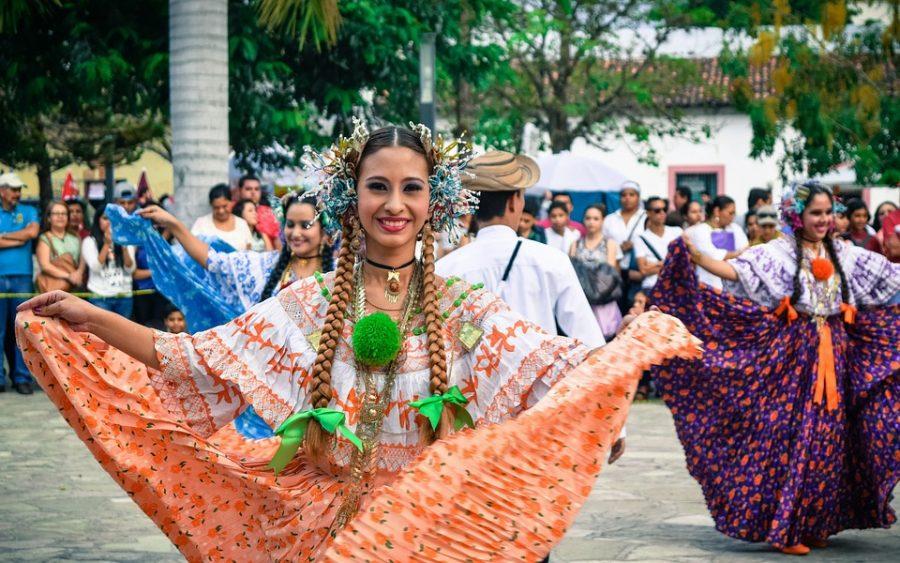When I was too bored or anxious as a child, I would often sit next to my father and ask him about our family history. Like some Latino families, he knew very little about our indigenous ancestry and could only talk about some of our great-grandparents, who had notably pale skin and eye colors that differed from the common brown. He would refer to our Spanish roots, yet I would always find myself in a whirlwind of confusion — thinking back to a time when the Velasquez family lived in a place other than Nicaragua was strange. Ancestry, heritage and culture are all things that disconnect and align simultaneously, crafting a part of our identities and certainly a part of our diet. In my lifetime I have tasted, criticized and adored the cuisine of various Spanish-speaking countries, yet I have never tasted food from the root of which many of our Hispanic cultures stem from. Spain is, in a very over-simplified and careless manner, like the original version of my favorite TV spin-off that I never had the chance to watch. Spanish culture to me is something that I’ve always wanted to learn about, yet I know nothing past what hours of Spanish soap operas have taught me — clearly, not very much.
For this edition of Tasty Travels, I interviewed fellow staff-member Kai Ford, who not only has a passion for the Spanish language, but for traveling abroad, as well.
When did you travel to Spain?
“I traveled to Spain last summer with my good friend Noah Horton.”
How would you describe the food you ate in Spain?
“In Spain we ate a lot of food. A lot. And it was all very delicious. I would describe Spanish food as very savory and fresh.”
Can you name a few dishes you encountered on this trip?
“We ate a lot of tapas. A tapa is pretty much an appetizer or a small component of a meal. Tapas are a really sophisticated cuisine, and there’s all types of tapas. One of my favorites was tomato bread — pretty straightforward but the tomato taste was inexplicable, and the bread was amazing. I also ate paella and churros, but what was really a highlight of the trip for me was being able to drink.”
What’s the drinking age in Spain? Did you drink?
“The drinking age in Spain is 16, and both me and Noah were 16 by the summer. There’s a lot of really noteworthy alcoholic drinks to try in Spain. Most notable of all is sangria. Sangria is pretty much a punch that is made up of red wine and chopped fruit, most commonly oranges. It was delicious.”
___
Despite having a very limited experience with Spanish cuisine, many of the dishes and drinks Ford discussed weren’t new to me. Any tourist who traveled to Spain for vacation probably has a very aesthetically pleasing picture of a flawless plate of paella on Instagram, yet further research led me to discover that while paella is branded as the national dish of Spain by most of the outside world, most Spaniards perceive it as solely regional. According to an article on saveur.com, paella, consisting of white rice cooked with several proteins, originates from a region of Spain called Valencia. This specific region of Spain cultivated rice because of Moorish influence nearly 1,300 years ago. Despite the fact that the Moors left in 1492, the region’s appreciation and practicality for paella lived on. When Spain’s tourist sector grew in the 1960s, many Spanish restaurants had to adapt to tourist preferences by adding less traditional proteins such as crab, lobster, spicy pork and sausage. Aside from the addition of new proteins that differed from the traditional rabbit and snails, the use of saffron, which is traditionally used to give paella its signature reddish tint, became less common due to its rising price. The cuisines of many countries that experience tourist booms or mass immigration have undergone similar paths to that of the famous paella, as the influences and the palettes by which certain dishes are characterized grows.
Going through the origins of paella and reading the history of the dish led me to break the polarizing stigma I had surrounding Spain. I’d always pictured Spain as the forced mother culture of many Latin American countries, failing to realize that all countries have their origins and complex histories that form a broader perception of their identity. From the Moorish invasion of the Spanish Granada in 711 to the reconquest of Spain by the Catholic crown in 1492, Spain itself has had its share of identity struggles. Such a complex history is responsible for the creation many delicious dishes such as Paella, whose rice and protein combination is similar to the arroz con pollo of many Latin American countries.
In conclusion, nothing is what it seems; food is endlessly fascinating and ever-evolving, and even if the taste of a particular dish may not be to your liking, there is always, always something to appreciate.
Tasty Travels: Spain
December 19, 2017






























































































